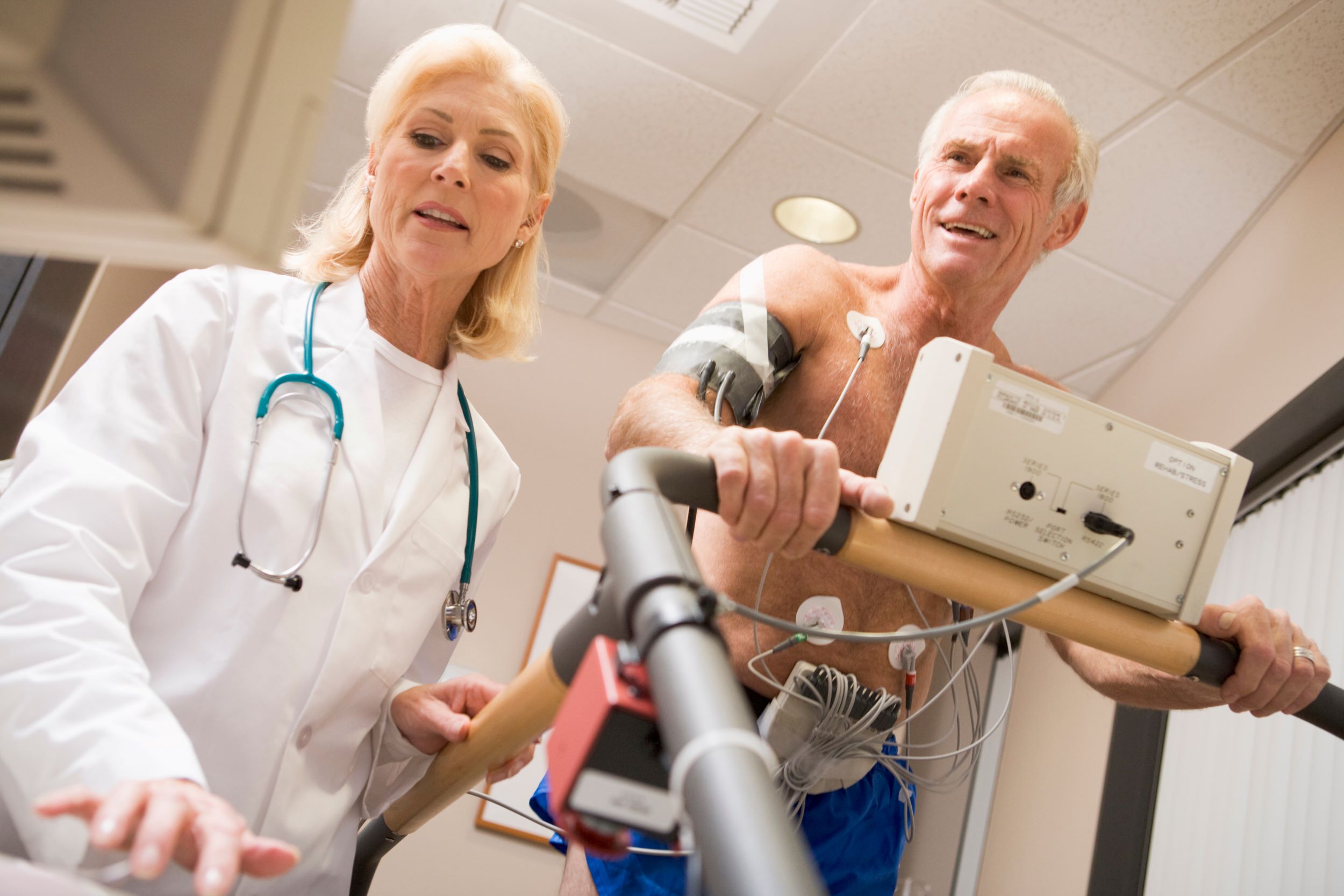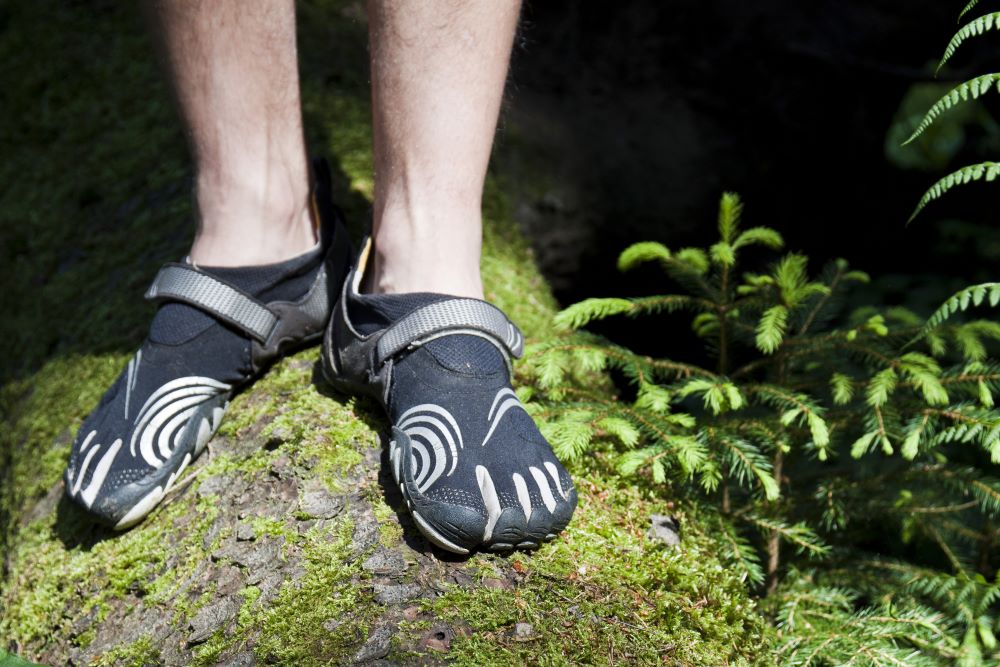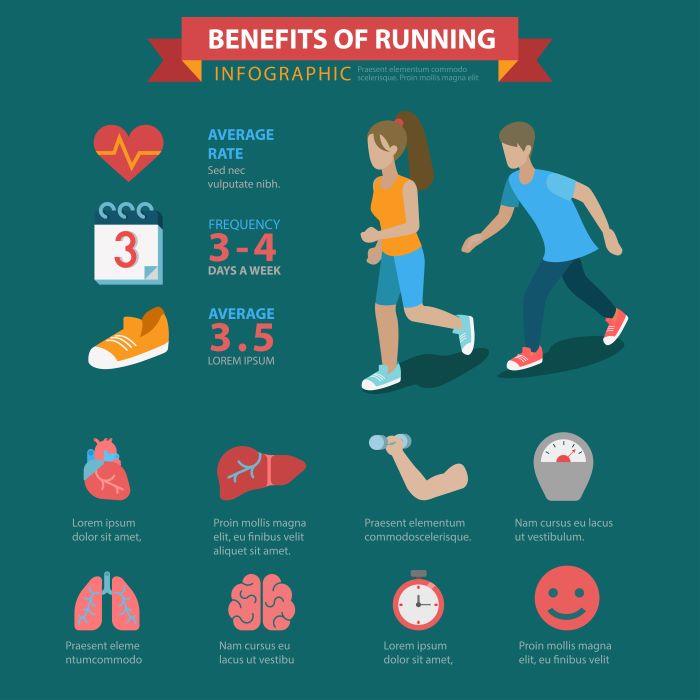When it comes to optimizing your running technique, understanding the role of heel lift is crucial. Heel lift refers to the height your heel achieves during the running stride, which significantly influences your overall performance and efficiency. A well-executed heel lift can enhance your running mechanics, improve energy expenditure, and minimize the risk of injuries.
Here are some key reasons why heel lift is essential in running:
- Efficiency: An optimal heel lift allows for a more fluid running motion, which conserves energy over longer distances.
- Injury Prevention: Proper heel lift can help align your body mechanics correctly, reducing the risk of common running injuries such as plantar fasciitis and Achilles tendonitis.
- Speed Improvement: Runners with effective heel lift often experience improved speed, as the technique promotes quicker foot turnover and better propulsion.
Incorporating heel lift drills into your training can vastly improve your technique. Whether you are a novice or an experienced runner, mastering this aspect of your form is vital. Visit our website to learn more and get started today! Click here.
Common Running Technique Mistakes to Avoid
Improving your running technique is essential for achieving your fitness goals, but it’s equally important to recognize and avoid common mistakes that can hinder your progress. Here are several frequent missteps that runners often make:
- Neglecting Proper Heel Lift: Failing to lift your heel adequately can lead to inefficient running mechanics, causing unnecessary strain on your muscles and joints.
- Overstriding: Many runners extend their legs too far forward, which can lead to increased braking forces and a higher risk of injury. Focus on landing with your foot under your body to maintain a smooth stride.
- Poor Posture: Slouching or leaning too far forward can disrupt your balance and lead to fatigue. Keep your torso upright and relaxed to allow for optimal breathing and movement.
- Inconsistent Cadence: A variable running cadence can affect your rhythm and efficiency. Aim for a consistent, moderate cadence to enhance your overall performance.
By being aware of these common technique mistakes, you can work towards refining your running form. Paying attention to your heel lift and making the necessary adjustments can lead to a more enjoyable and fulfilling running experience.
How to Incorporate Heel Lift into Your Training

Incorporating heel lift into your training regimen can significantly enhance your running technique. Here are some effective strategies to seamlessly integrate this key element into your workouts:
- Drills and Exercises: Begin with specific drills focused on heel lift, such as high knees and butt kicks. These exercises promote the natural upward motion of the heel and reinforce proper mechanics.
- Focus on Form: During your regular runs, consciously practice lifting your heels with each stride. Start with a slower pace to ensure you maintain proper form, gradually increasing your speed as you become more comfortable.
- Use Visual Cues: Marking a line or setting up cones can help remind you to focus on your heel lift. As you run, try to visualize your heels reaching for the sky, which encourages an effective lift without overexertion.
- Incorporate Hill Training: Running uphill naturally encourages a higher heel lift. Including hill workouts in your training plan can help in developing strength and improving your overall technique.
By actively working on these strategies, you’ll not only enhance your running technique but also reduce the risk of injuries associated with improper form. Remember to stay patient and consistent as you integrate heel lift into your routine.
Benefits of Proper Heel Lift for Runners

Understanding the benefits of proper heel lift can motivate runners to focus on this critical aspect of their technique. Here are some key advantages to consider:
- Improved Efficiency: Proper heel lift allows for a more efficient running stride, reducing the energy expenditure needed to maintain speed. This means you can run longer distances with less fatigue.
- Enhanced Speed: As you cultivate a natural heel lift, your leg turnover increases. This leads to a faster pace, allowing you to achieve personal records and race day success.
- Reduced Injury Risk: A proper heel lift can help align your body mechanics, minimizing the impact on joints and muscles. This alignment reduces the likelihood of common running injuries such as shin splints and tendonitis.
- Better Balance: Heel lift contributes to improved balance and stability, particularly on uneven terrain. This is especially beneficial for trail runners who must navigate challenging landscapes.
- Increased Power: Engaging the muscles involved in heel lift strengthens the calves and hamstrings, leading to greater overall power in your stride.
By committing to mastering your heel lift, you open the door to a multitude of benefits that can transform your running experience, making it not only more enjoyable but also more rewarding.
Tips for Mastering Your Heel Lift Technique

Mastering your heel lift technique is essential for enhancing your overall running performance. Here are some practical tips to help you achieve the perfect heel lift:
- Focus on Posture: Maintain an upright posture while running. This alignment ensures that your hips are over your feet, facilitating a natural heel lift.
- Incorporate Drills: Practice specific drills such as high knees and butt kicks. These exercises emphasize the motion of lifting your heels and can be integrated into your warm-up routine.
- Visualize the Movement: While running, visualize your heel lifting toward your glutes. This mental imagery can help reinforce the desired movement pattern.
- Use a Metronome: Running to a metronome can help you maintain a consistent cadence. Adjusting the tempo can encourage a quicker lift, enhancing your overall efficiency.
- Pay Attention to Foot Placement: Aim to place your foot directly beneath your body as you run. This will naturally promote a higher heel lift and better alignment.
By incorporating these tips into your training regimen, you will gradually develop a more effective heel lift technique, leading to improved performance and a reduced risk of injury.
Conclusion: Elevate Your Running with Heel Lift

As you embark on your journey to enhance your running performance, mastering the heel lift technique can be a game changer. By focusing on this essential aspect of your running form, you can achieve a smoother stride, improved speed, and reduced risk of injuries.
Implementing the tips outlined in this article will provide you with the tools necessary to refine your technique. Remember, consistency is key; practice regularly, and don’t hesitate to seek feedback from experienced runners or coaches. As you develop your skills, you’ll not only notice physical improvements but also gain confidence in your abilities.
Now is the time to take action and elevate your running experience. Unlock your potential and embrace the joy of running with a focus on perfecting your heel lift. Visit our website to learn more and get started today! Click here.


